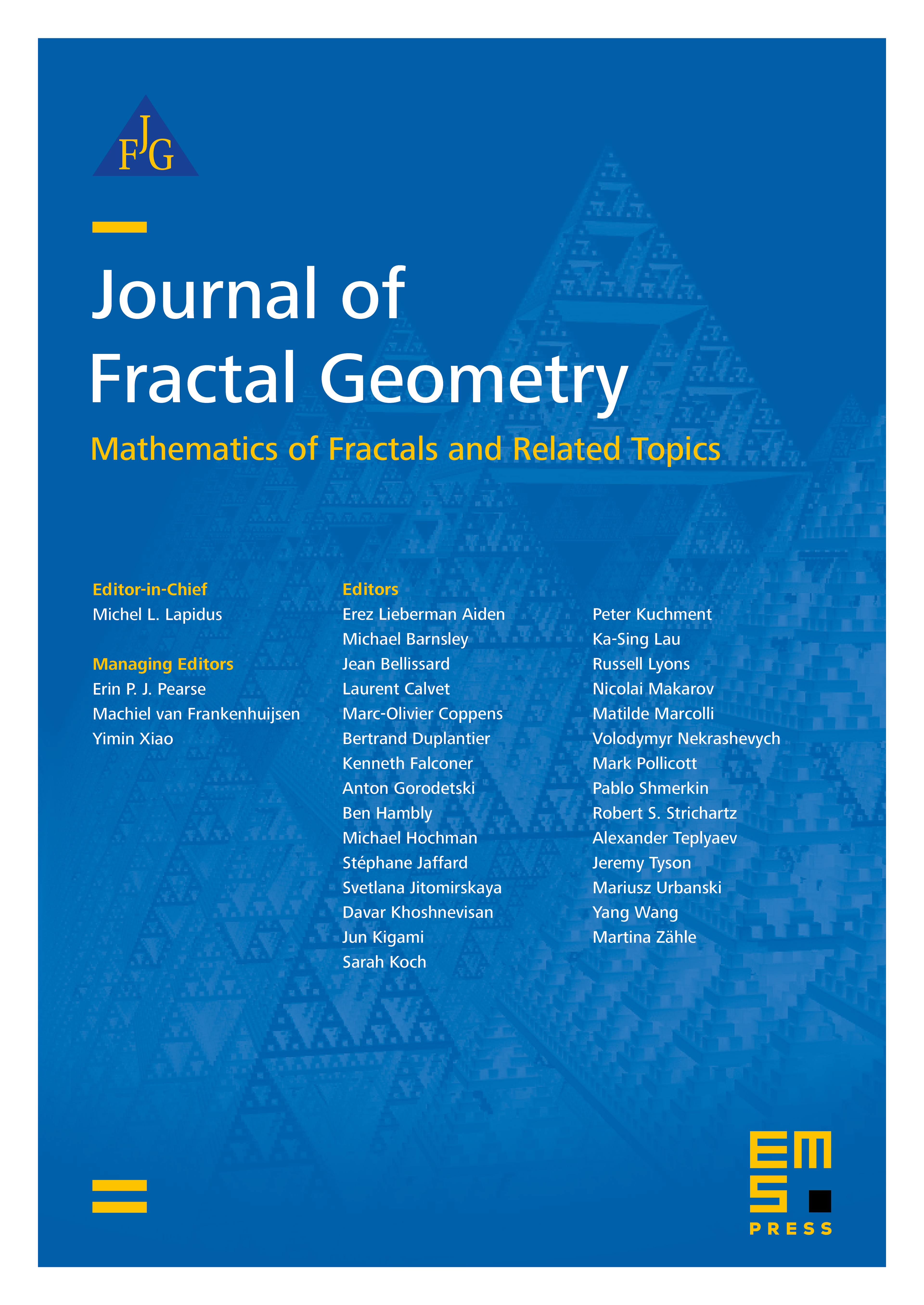Modeling the fractal geometry of Arctic melt ponds using the level sets of random surfaces
Brady Bowen
University of Utah, Salt Lake City, USACourtenay Strong
University of Utah, Salt Lake City, USAKenneth M. Golden
University of Utah, Salt Lake City, USA

Abstract
During the late spring, most of the Arctic Ocean is covered by sea icewith a layer of snow on top. As the snow and sea ice begin to melt, water collects on the surface to form melt ponds. As melting progresses, sparse, disconnected ponds coalesce to form complex, self-similar structures which are connected over large length scales. The boundaries of the ponds undergo a transition in fractal dimension from 1 to about 2 around a critical length scale of 100 square meters, as found previously from area–perimeter data. Melt pond geometry depends strongly on sea ice and snow topography. Here we construct a rather simple model of melt pond boundaries as the intersection of a horizontal plane, representing the water level, with a random surface representing the topography. We show that an autoregressive class of anisotropic random Fourier surfaces provides topographies that yield the observed fractal dimension transition, with the ponds evolving and growing as the plane rises. The results are compared with a partial differential equation model of melt pond evolution that includes much of the physics of the system. Properties of the shift in fractal dimension, such as its amplitude, phase and rate, are shown to depend on the surface anisotropy and autocorrelation length scales in the models. Melting-driven differences between the two models are highlighted.
Cite this article
Brady Bowen, Courtenay Strong, Kenneth M. Golden, Modeling the fractal geometry of Arctic melt ponds using the level sets of random surfaces. J. Fractal Geom. 5 (2018), no. 2, pp. 121–142
DOI 10.4171/JFG/58